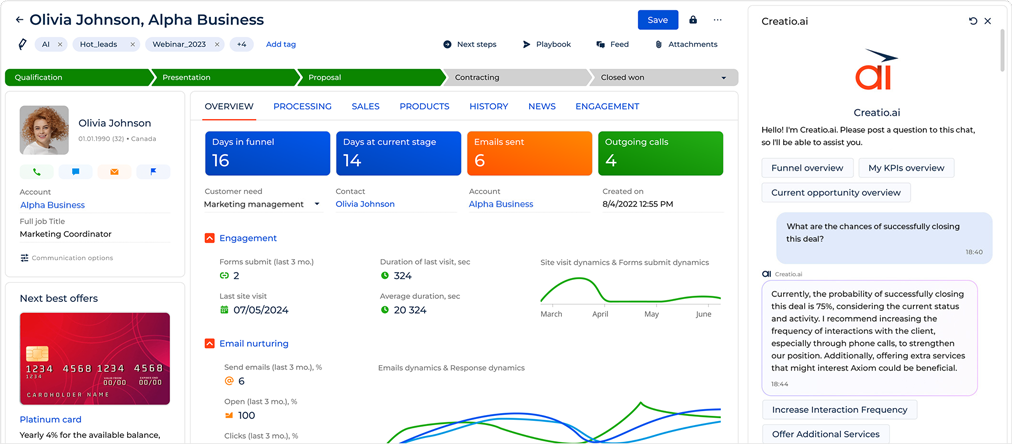-
No-code
Platform
-
Studio
No-code AI-native platform to build applications faster
Discover

-
Studio
-
AI-Native CRM


-
Industries

- Customers
-
Partners

-
About

What is no-code ?
Create a no-code company to empower every employee to automate workflows and create business apps in minutes

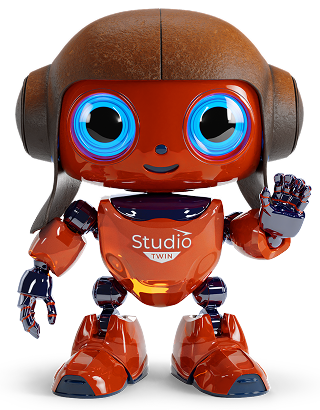
What is no-code?
No-code is an approach that allows software engineers and non-technical users to build applications and automate workflows through visual interface and configuration. It dramatically speeds up the delivery of new software applications compared to traditional development approaches, thus allowing companies to innovate faster and resolve IT bottlenecks.
By providing easy-to-use yet powerful tools for end-to-end application development, including UI/UX design tools, AI/ML modelling, and built-in automated QA, the
What is no-code development?
No-code development refers to a modern software development process that eliminates the need to write code to build applications. It utilise a visual approach that enables users to create, design, and develop applications by drag-and-dropping pre-configured blocks of code.
A no-code platform is crafted to simplify the software development process by reducing the need for developers to acquire programming skills. Through


What are no-code technologies?
No-code technologies represent software development tools empowering users to craft applications devoid of coding expertise.
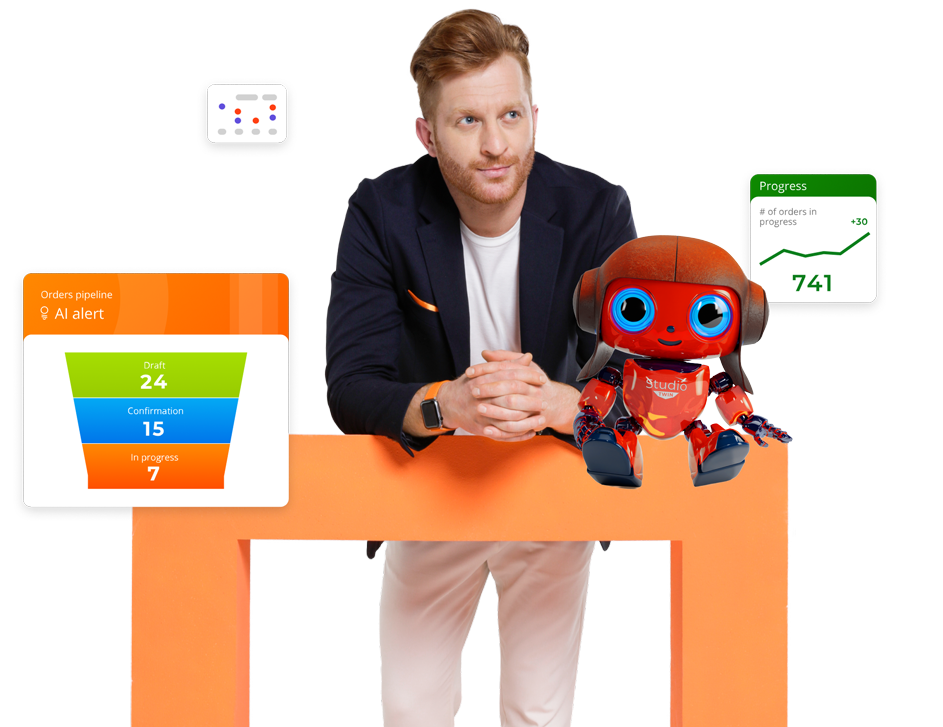
What are the reasons for choosing no-code?
No-code revolutionises conventional software development methodologies by providing enhanced flexibility in application design, customisation, and integration. According to Creatio’s recent report, "The State of
Consider the following key reasons to choose and adopt a
1
Increased IT innovation capabilities
No-code tools empower practically any user, regardless of their IT proficiency, to swiftly develop new apps and digital workflows. This opportunity helps to take some load off the IT department's shoulders, enabling professional engineers to concentrate on more complex projects.
2
Enhanced efficiency and faster time-to-market
Conventional software development procedures are often time-consuming, complex, and expensive. No-code development platforms furnish an extensive array of tools, including drag-and-drop UI/UX designers, business rule editors, composable applications, and templates, enabling users to construct applications in a fraction of the standard time.
3
Evaluate the ease of use
No-code development platforms are crafted to be accessible, yet disparities exist among platforms. It's essential to evaluate the user-frindliness of each platform and consider the learning curve for your team. Seek out platforms with intuitive interfaces and comprehensive documentation.
4
Unlimited freedom to own and evolve your automation
In contrast to traditional processes and outdated technologies, digitalisation offers numerous advantages for organisations, including comprehensive process automation, cross-departmental alignment, and rapid adaptation to evolving work environments. Integrating no-code platforms is pivotal to digital transformation as they enable organisations to construct and automate enterprise-grade workflows of any complexity – devoid of code, deep technical expertise, or any other restrictions.
What are No-code platform components?
No-code platforms typically comprise several components that collaborate to deliver a comprehensive development environment:
No-code Designer
Unleash your creativity with intuitive and robust no-code design tools. Our platform enables you to effortlessly craft and tailor pages, views, data models, workflows, and integrations, all within a user-friendly workspace. Leveraging cutting-edge technology, you can swiftly transform your ideas and projects into reality without the need for technical expertise.

Workflow Automation
By implementing cutting-edge automation technologies, achieve maximum efficiency and control over your organised and flexible workflows. Streamline your processes and guarantee optimal management through workflow automation capabilities customised to suit your precise requirements.

Freedom UI Designer
Create an aesthetically pleasing interface of any kind with a maximum degree of freedom. Utilise a vast array of pre-existing views, widgets, and templates to expedite your design process.

Integration and API
Effortlessly integrate your enterprise by establishing connections via SOAP and REST services - all in just a few minutes! Take full advantage of ready-to-use connectors to enjoy the benefits of seamless integration.

Analytics and Reporting
Gain insight into your data with comprehensive reporting capabilities. The no-code platform lets you easily view and analyse detailed reports, dashboards, and key performance indicators (KPIs) tailored to various use cases and roles.
What is the difference between low-code and no-code?
In comparing "low-code" and "no-code", there are notable distinctions despite their shared features, such as utilising visual design tools for simplifying application development.
The crucial distinction lies in the fact that low-code platforms stand on the premise that coding should remain a necessary part of the development process. Although developers can swiftly create a basic solution prototype utilising visual design tools, further work with low-code platforms usually entails some coding, debugging, and other traditional software development practices.
Indeed as their name suggests, no-code platforms do away with the need of coding by providing more adoptable and comprehensive visual design tools, configuration wizards, and libraries of prebuilt components and templates. No-code tools like Creatio offer the option to use a code as an additional feature – however, it is by no means obligatory for constructing a typical app. This option is intend to cater to the needs of professional developers and provide them with all the development freedom they might require.
Low-code
No-code
Pro developers
Business users, pro developers
Speed of development, maximum customisability
Speed of development, maximum adoption among users
Coding is needed
No coding is required or can be used as an option
Requirements-driven development process
Use case/business-driven development process
Try a leading low-code /no-code platform to build applications and automate workflows with a maximum degree of freedom
Users Love Creatio

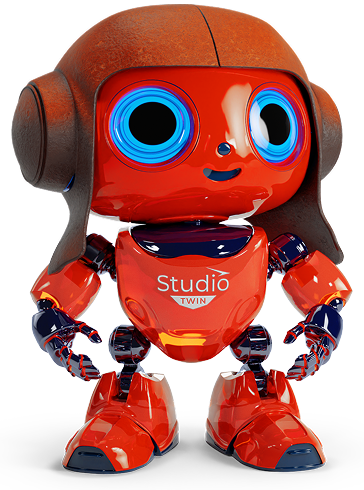

Creatio Named a Visionary in the 2023 Gartner® Magic Quadrant™ for Enterprise Low-Code Application Platforms
Creatio named a Leader in the Gartner Magic Quadrant for B2B Marketing Automation Platforms (2023)
Creatio named a Challenger in the Gartner Magic Quadrant for Sales Force Automation Platforms (2023)
Creatio named a Leader in the Gartner Magic Quadrant for B2B Marketing Automation Platforms (2022)
Creatio has been included in the Gartner Magic Quadrant for Enterprise Low-Code Application Platforms (2022)
Сreatio named a Challenger in the Gartner Magic Quadrant for Sales Force Automation (2022)
Creatio has been included in the Gartner Magic Quadrant for the CRM Customer Engagement Center (2021)
Creatio Recognised in Customer Service Solutions Report, Q1 2024 by an Independent Research
Creatio Positioned as the Only Leader in the 2024 Forrester Wave™: Low-Code Platforms For Citizen Developers
Creatio named a Strong Performer in The Forrester Wave™: Sales Force Automation Solutions, Q3 (2023)
Creatio named a Strong Performer in The Forrester Wave™: Core CRM Solutions, Q3 (2022)
Creatio named a Strong Performer in The Forrester Wave™: CRM Suites, Q3 (2022)
Creatio Has Been Recognised in The Forrester Wave™: Low-Code Platforms for Business Developers, Q4 (2021)
Creatio named a Strong Performer in The Forrester Wave™: Sales Force Automation Solutions, Q2 (2021)
No-code features
Visual app design tools

Workflow automation
Enterprise-grade no-code platforms provide tools for end-to-end digital process automation, covering everything from basic business processes within a single department to complex cross-departmental workflows involving multiple stages, tasks, and participants. Such workflow automation capabilities empower organisations to digitise not only their internal back-office processes but also their customer-focused workflows, including marketing or customer service, thereby delivering a highly personalised customer experience.

Out-of-the-box apps and components
Leading no-code platforms provide out-of-the-box (OOTB) functionality, eliminating the necessity to build apps from scratch. For instance, certain no-code tools incorporate modules for data management or pre-built components tailored for customer-facing applications like service or sales processes management.

Application lifecycle management

Integrations and ecosystem
Alongside their no-code platform solutions, vendors usually provide ready-made connectors to third-party apps and out-of-the-box applications through their app stores and marketplaces. Users are also empowered to craft their custom integrations utilising the platform's no-code capabilities, which provide intuitive visual interfaces for working with API protocols like REST or SOAP.

Artificial intelligence and machine learning
The best no-code tools provide comprehensive AI/ML capabilities that enable users to construct machine learning models for automated predictions, data classification, natural language processing, next best action recommendations, data-driven decision making, and context-aware personalisation – all without the need to write code or hire a data scientist.

No-code industry solutions
Regarding industry-specific applications, the potential for
Numerous industries depend on complex workflows and data management systems, which can be both time-consuming and challenging. No-code solutions assist in automating these processes, enabling businesses to save time and resources while enhancing efficiency.
Advantages of no-code

What can you build with a no-code development platform?
Customer engagement
Develop omnichannel customer-facing applications to cater to diverse types and complexities of customer engagements. Enhance customer acquisition, retention, and loyalty through reliable and personalised digital experiences. Craft robust applications to automate sales, marketing, and service workflows without the need for coding.



Reporting, dashboards and analytics
Construct highly custom-tailored reports and dashboards that fit your unique business requirements, presenting data in an intuitive format. Easily visualise key performance indicators (KPIs) by abstracting details away to see the broader picture or delving into specific insights utilising the flexible drill-down capabilities of




Operations management
Automate enterprise-grade operational processes across various business domains using



Corporate lifecycle management
Simplify multiple corporate tasks associated with managing employees, finance, requests, audits, internal service, and support using a

Legacy modernisation
Replace slow, costly, and inefficient legacy systems with a modern, open, highly customisable software ecosystem built on no-code development. Ensure a swift and seamless transition to the IT ecosystem, without interrupting the critical processes of the enterprise.

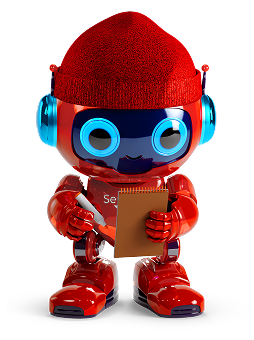

Team collaboration and coordination
Facilitate seamless communication, collaboration, content distribution, tasks schedule, and approvals management across your teams within a unified environment. Provide employees with access to consolidated information, content, essential productivity tools, and intelligent workflows to enhance their productivity and efficiency.




Vertical-focused automation
Optimise both operational and customer-facing processes tailored to your industry with

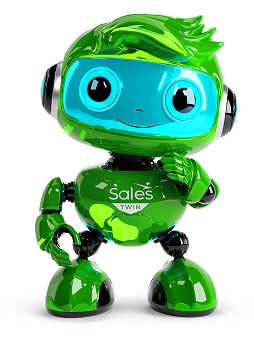

Why use Сreatio for no-code development?
Creatio combines robust

No-code FAQ
Who uses no-code ?
What are no-code tools?
No-code tools are application development platforms that enable non-technical users to build and deploy their apps without writing a single line of code. Utilising no-code tools, employees can streamline and automate various tasks and use cases across their organisation, such as project management, critical data handling, routine workflow automation, and many others.
Is no-code the future?
No-code stands out as one of the key technology trends today and it continues to pick up steam. This comes as no surprise, as no-code platforms bridge the gap between professional programmers and non-programmers, maximise productivity in the workplace, greatly reduce the time needed to go from an idea to a fully working application, and help to boost digital literacy across the board.
Will no-code replace developers?
Traditional development, which necessitates coding and extensive technical expertise, will remain prevalent across numerous industries that require the implementation of complex and large-scale IT ecosystems. The no-code approach is not intended to completely replace traditional development. Instead, it enables non-technical users to develop and test necessary applications independently, without burdening their IT departments.
Who are citizen developers?
Citizen developers are non-technical professionals who utilise no-code tools within a company to create new or modify existing business applications, all without the need to involve the IT department.
How do i get started selecting a no-code platform?
A good no-code platform offers intuitive application development tools alongside a rich set of pre-built components to get you started. Select the platform that provides a atrong foundation for your business use case with a solid library of out-of-the-box components. Additionally, ensure that it provides enough development tools to expand and customise your solution over time.
What are the limitations of no-code platforms?
Even though the capabilities of no-code platforms are expanding rapidly, they are primarily suited for building business applications rather than complex technical solutions. No-code platforms are ideal for workflow-driven applications, UI/UX-heavy solutions, customer engagement applications, productivity and project management tools, as well as web and mobile apps. Often, organisations use no-code platforms to easily create “front-end” solutions for their users, allowing their IT team’s to focus on “back-end” data processing solutions that require custom coding.
What does the market for no-code platforms look like?
There are various types of no-code platforms tailored to different solutions, such as web applications, BI and analytics, digital process automation, IoT applications, as well as multi-purpose enterprise data management solutions. If you have a specific use case, it is advisable to seek a platform specialised in that niche. For more general use cases, a multi-purpose enterprise-grade platform like Creatio will provide both a robust starting point and a future-proof technology.













